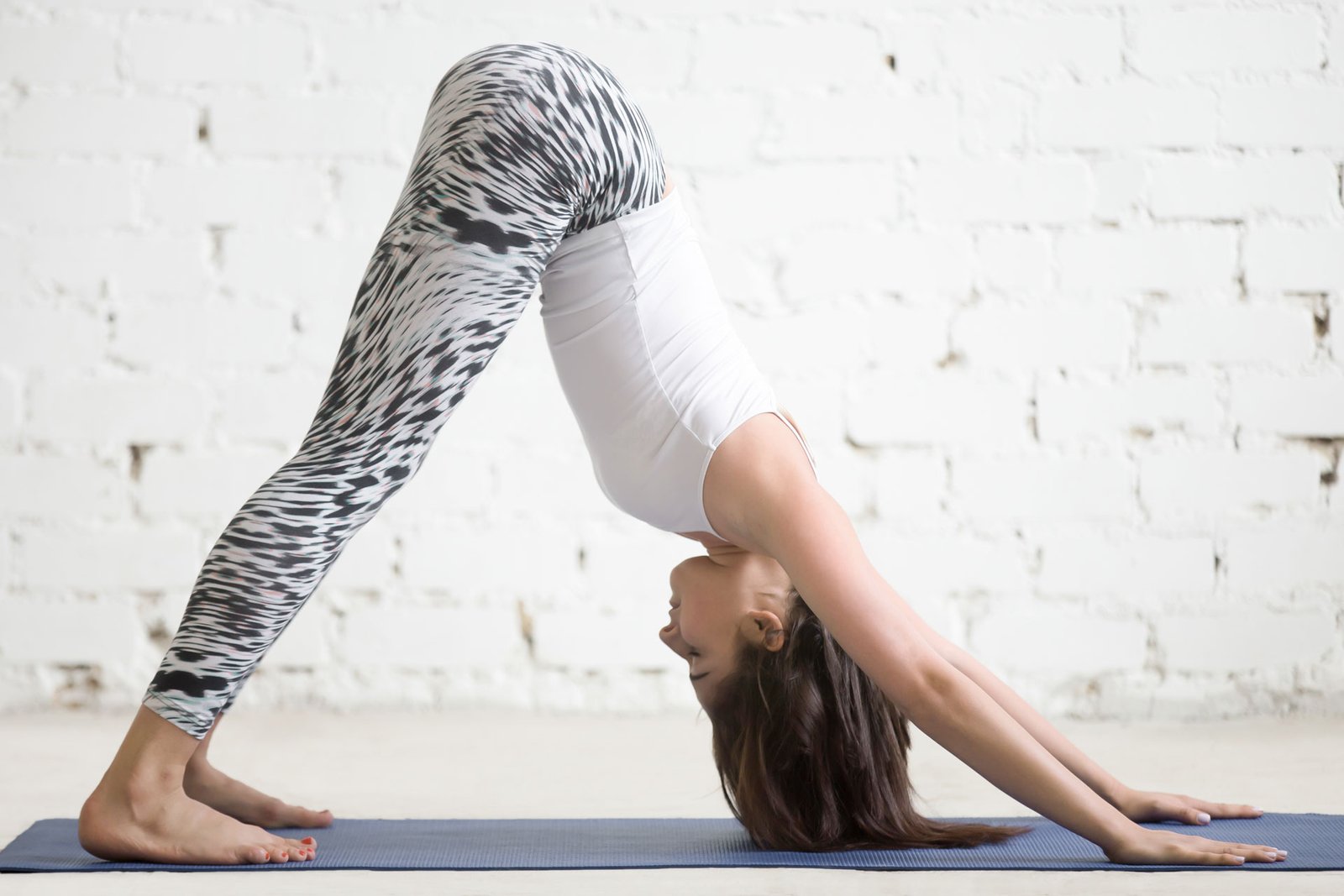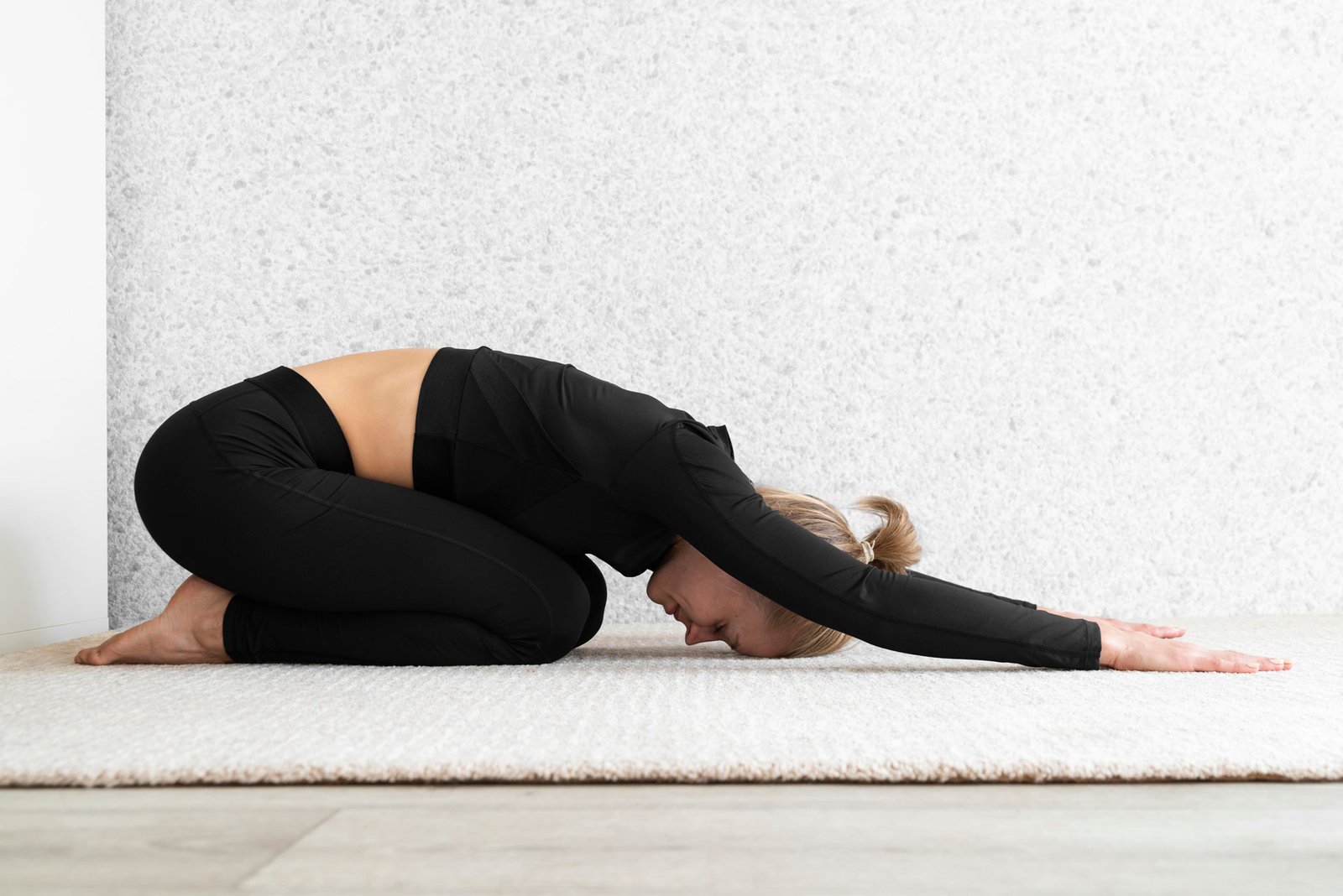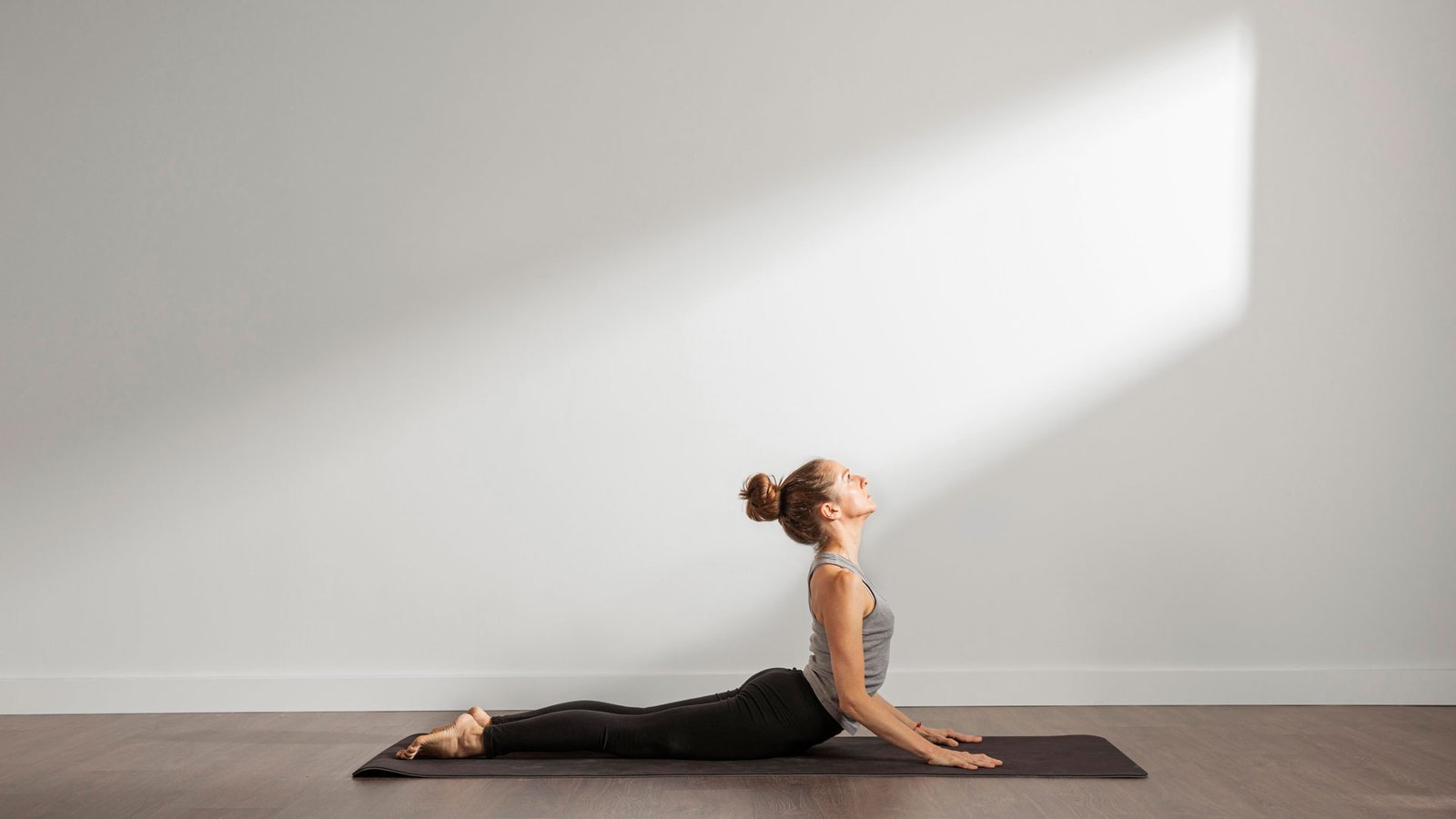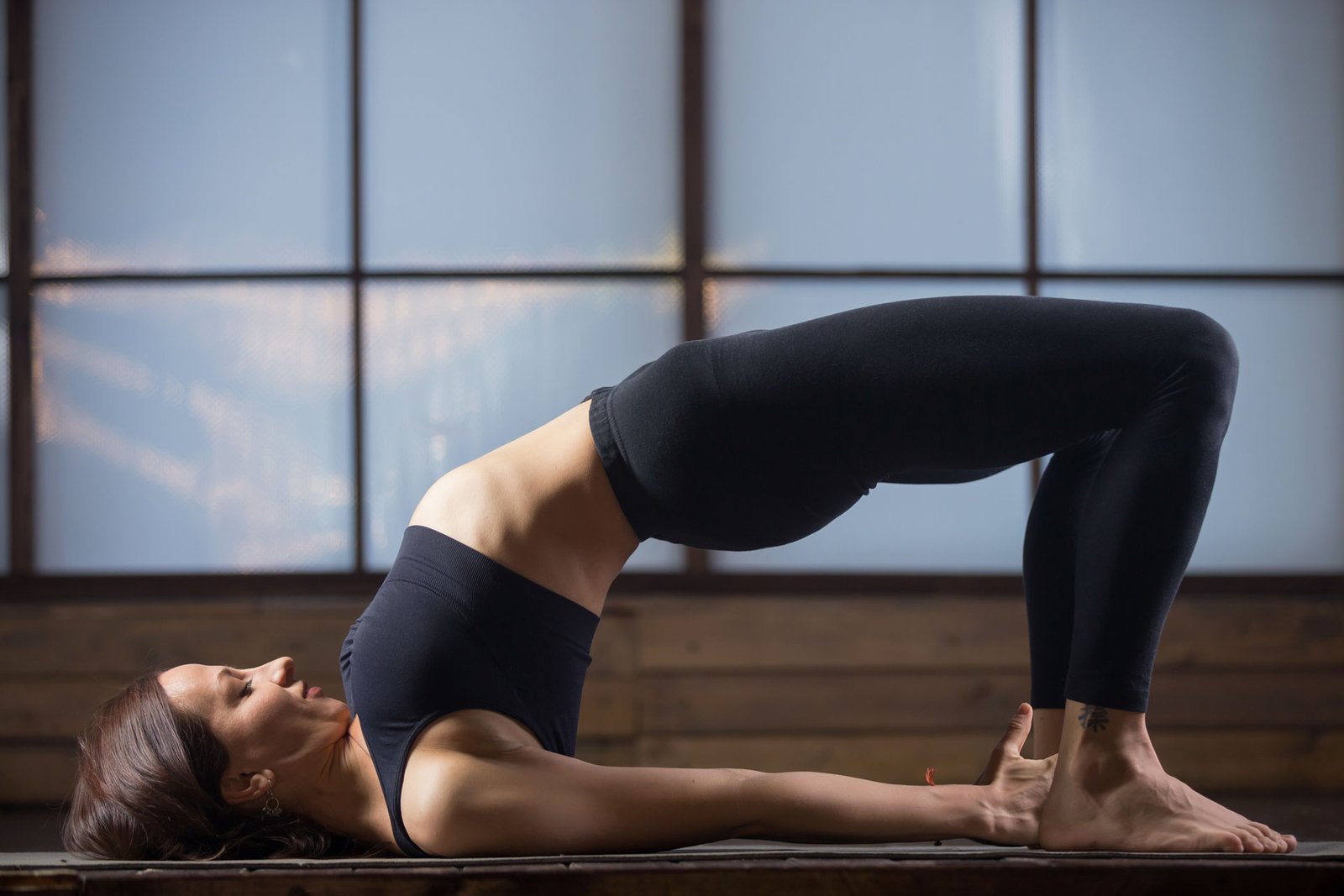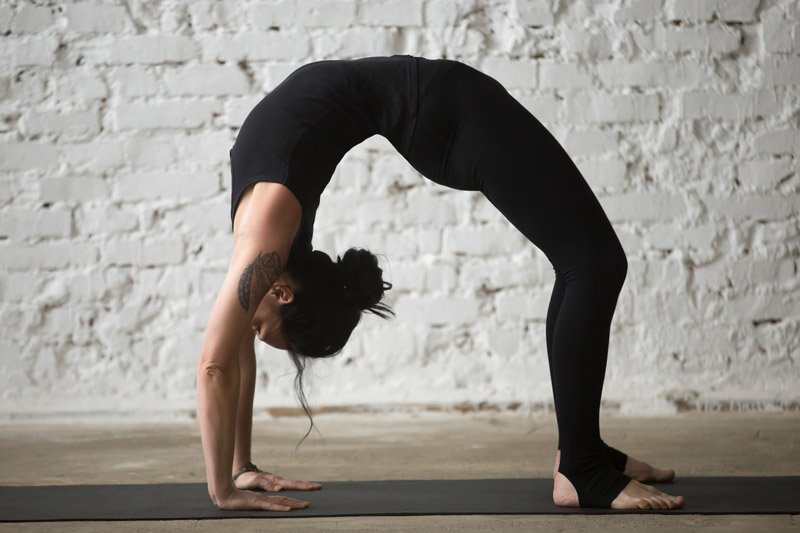- (+612) 2531 5600
- info@la-studioweb.com
- PO Box 1622 Colins Street West Victoria 8077 Australia
©2023 Nilah . All rights reserved.
Bharatyogas

May 17, 2024
By bharatyogas
Yoga for back pain
Share:
Share on facebook
Share on whatsapp
Share on linkedin
Share on pinterest

Bharatyogas
Author
Categories
Recent Posts
May 24, 2025
Bhujangasana-Cobra Pose
May 20, 2025
Chakrasana-Wheel Pose
Follow Us
Related Posts
May 24, 2025
Bhujangasana-Cobra Pose
Bhujangasana, or Cobra Pose, is a rejuvenating backbend commonly practiced…
May 23, 2025
Viparita Shalabhasana Superman Pose-Reverse Locust Pose
Viparita Shalabhasana, also known as the Reverse Locust Pose or…
Copyright 2025© bharatyogas.com. All Rights Reserved.



